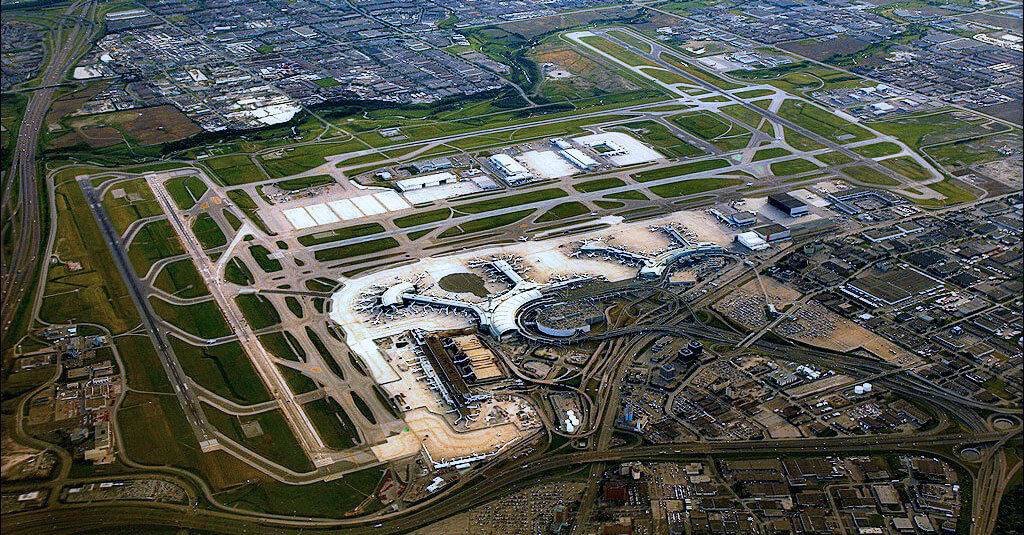
March 12, 2020
To reduce weather-related delays at Toronto/Lester B. Pearson International Airport (YYZ), Nav Canada will employ new crosswind runway selection criteria as of April 23.
With dry runway conditions, the crosswind component, including gusts, will increase to 30 knots from 25 knots. The existing wet and contaminated runway components remain the same, 20 knots for wet and 10 knots for contaminated.
Toronto’s east/west runways deliver the highest capacity with the lowest noise footprint, said Merlin Preuss, vice president of government and regulatory affairs for the Canadian Business Aviation Association. “When the wind requires the use of the north/south runways, arrival capacity drops 20 to 45 percent per hour, with arrivals operating over more noise sensitive areas.
“This change will not likely negatively affect business aviation operators because of the low forecast frequency of wind with gusts over the 30 knots,” added Preuss. “On the plus side, given that business aviation shares the airport with commercial operations, any increase in overall airport resiliency will improve the efficiency of business aviation operations.”
The increase of the dry runway criteria follows a similar increase of the wet and contaminated criteria, implemented last year. These crosswind limits “reduced the north/south runway use from 300 hours to 193 hours in the first 10 months of 2019,” said Preuss. “Implementing the dry runway limit would have yielded a further reduction of north/south runway usage by an additional 79 hours.”
The new crosswind criteria came from “a request from our major operators to explore options to safely improve resiliency of operations at Toronto Pearson,” said Michael Bélanger, director of aviation programs and compliance for the Greater Toronto Airports Authority. “North/south runway operations cause disruptive delays and operating capacity reductions, flying over noise sensitive areas, and may also require flights to operate into the restricted hours overnight period.”


 International Business Aviation Council Ltd.
International Business Aviation Council Ltd.